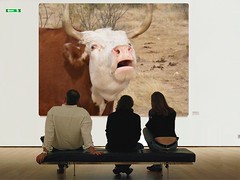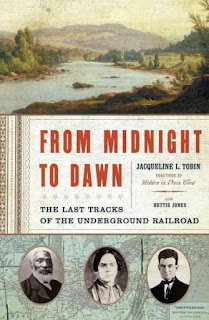 Wolfgang Amadeus Mozart died too soon. He was still young, at the height of his artistic achievement, and had a commission to finish, a requiem mass. Novelists, dramatists, and filmmakers have made much of this tragedy. In Mozart, his short collection of biographical essays about the composer, his family, and his music, biographer Peter Gay admits the story is sad but insists that the musical genius had enjoyed much of his life, despite his overbearing father, poverty, and failure to gain high appointments. His peers admired him, and his poverty was mostly self-induced (from enjoying himself too much). Gay's Mozart is a man who lived mostly as he pleased and would have done well with just a little more luck.
Wolfgang Amadeus Mozart died too soon. He was still young, at the height of his artistic achievement, and had a commission to finish, a requiem mass. Novelists, dramatists, and filmmakers have made much of this tragedy. In Mozart, his short collection of biographical essays about the composer, his family, and his music, biographer Peter Gay admits the story is sad but insists that the musical genius had enjoyed much of his life, despite his overbearing father, poverty, and failure to gain high appointments. His peers admired him, and his poverty was mostly self-induced (from enjoying himself too much). Gay's Mozart is a man who lived mostly as he pleased and would have done well with just a little more luck.Gay emphasizes the brilliance of the music. His chapter that tells about Mozart's transformation from a prodigy to a mature composer is enthusiastic. I now want to devote some time listening to symphonies, concertos, sonatas, and operas. He also suggests that Mozart had a genius for characterization and story and could have written plays.
I listened to this early volume from the Penguin Lives Series read by Alexander Adams. I enjoy listening to Adams, who has many audiobooks to his credit. I always feel that he is just telling me a story that interests him very much.
People who enjoyed the movie Amadeus or who are interested in music history will enjoy this book. Many library own it.
Gay, Peter. Mozart. Viking, 1999. ISBN 0670882380.















